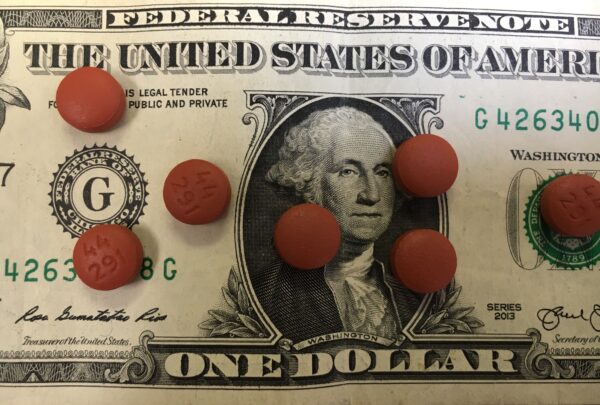
Drugmakers will soon have to include pricing information in their advertisements for medicines along with information about side effects.
The Department of Health and Human Services said Wednesday that drug manufacturers will now be required to include the list prices – also known as wholesale acquisition cost – of their products in direct-to-consumer television advertising. The rule – which will take effect 60 days after it is published in the Federal Register – is administered under the Centers for Medicare and Medicaid Services, affecting drugs covered by Medicare or Medicaid.
“We believe today’s step on transparency will help make prices in healthcare work much more like they in any other market—not utterly uniform, but more predictable and more competitive,” HHS Secretary Alex Azar said in prepared remarks Wednesday.
Requiring list prices in DTC drug advertisements was among the proposals in the drug-pricing blueprint that the Trump administration unveiled last year. It drew considerable opposition from the drug industry, and continues to do so.
“We are concerned that the administration’s rule requiring list prices in DTC television advertising could be confusing for patients and may discourage them from seeking needed medical care,” said Steven Ubl, CEO of industry trade group PhRMA, in a statement. “We support providing patients with more transparency about medicine costs, which is why our member companies voluntarily began directing patients to links to comprehensive cost information in their DTC television advertising.”
The group, whose name stands for Pharmaceutical Research and Manufacturers of America, has launched a website meant to provide pricing information.
Industry experts have echoed PhRMA’s concerns, saying that seeing list prices could scare patients out of taking drugs that are important for protecting their health or saving their lives. Indeed, drug pricing is a complex topic that even many experts in the field do not fully understand. doesn’t help that much of what goes into a medicine’s final price – such as in negotiations between manufacturers and pharmacy benefit managers – is kept confidential. As such, they have said, it is important to provide context.
Although much attention has been paid to patients having to fork over thousands of dollars for medicines like insulin for diabetes and dramatic price increases on historically cheap drugs, in many cases the list price of a drug may be a far cry from what patients actually pay out of pocket. However, patients with high-deductible health plans often do have to pay the full price of a drug.
Nevertheless, Johnson & Johnson became the first company to bite in February, when it said it would begin including cost information about drugs in its DTC ads, starting with the antigoagulant drug Xarelto (rivaroxaban).
Photo: Alaric DeArment, MedCity News










